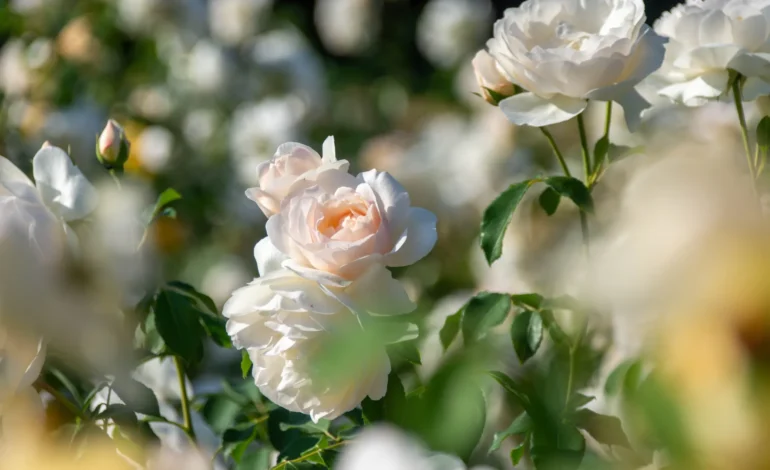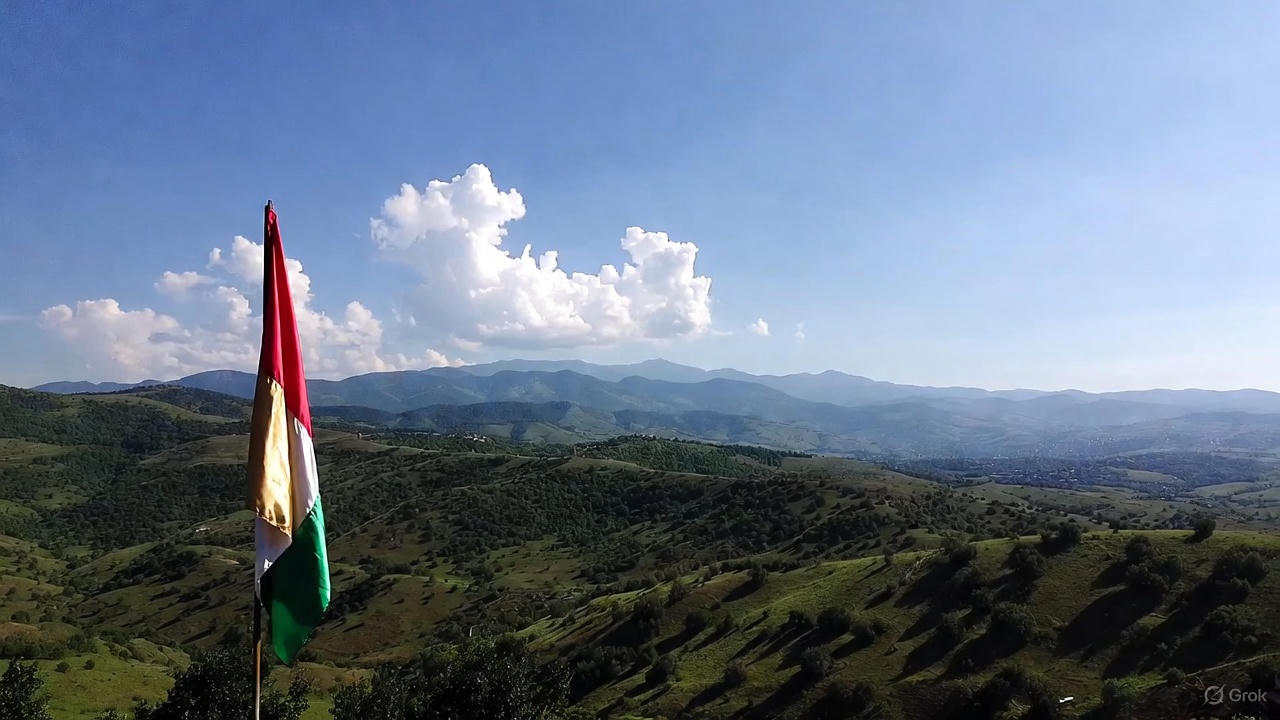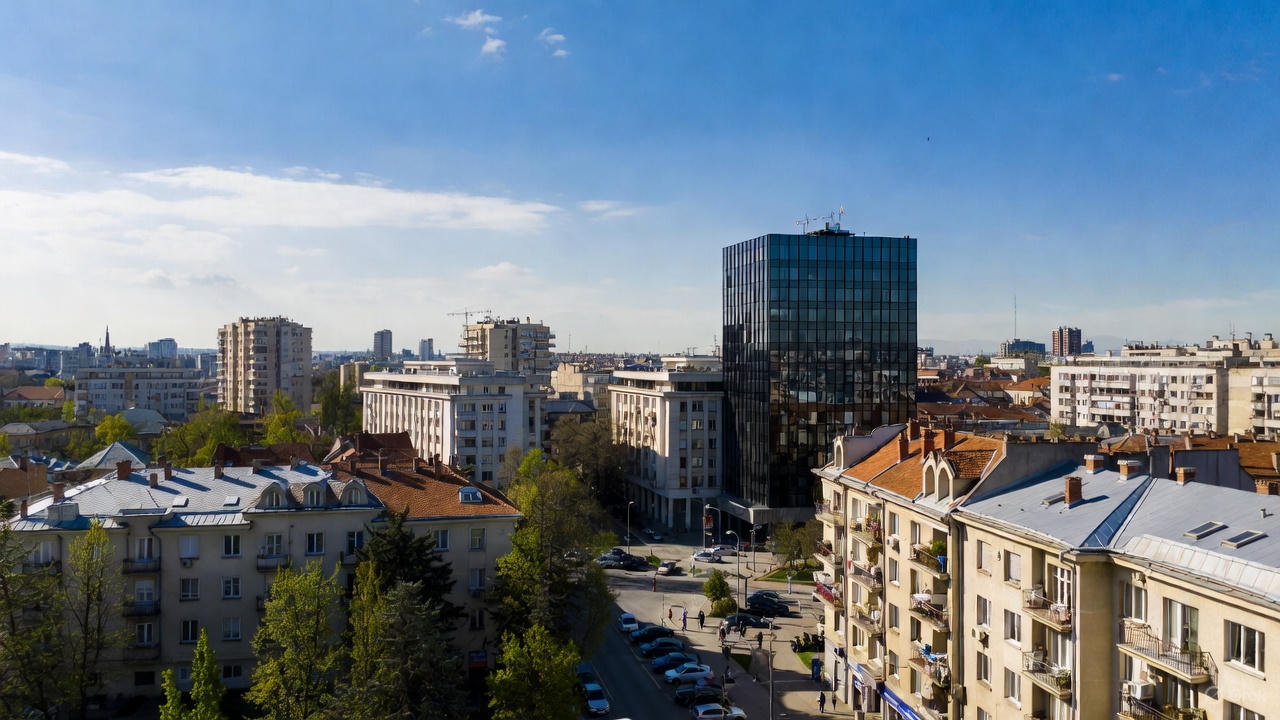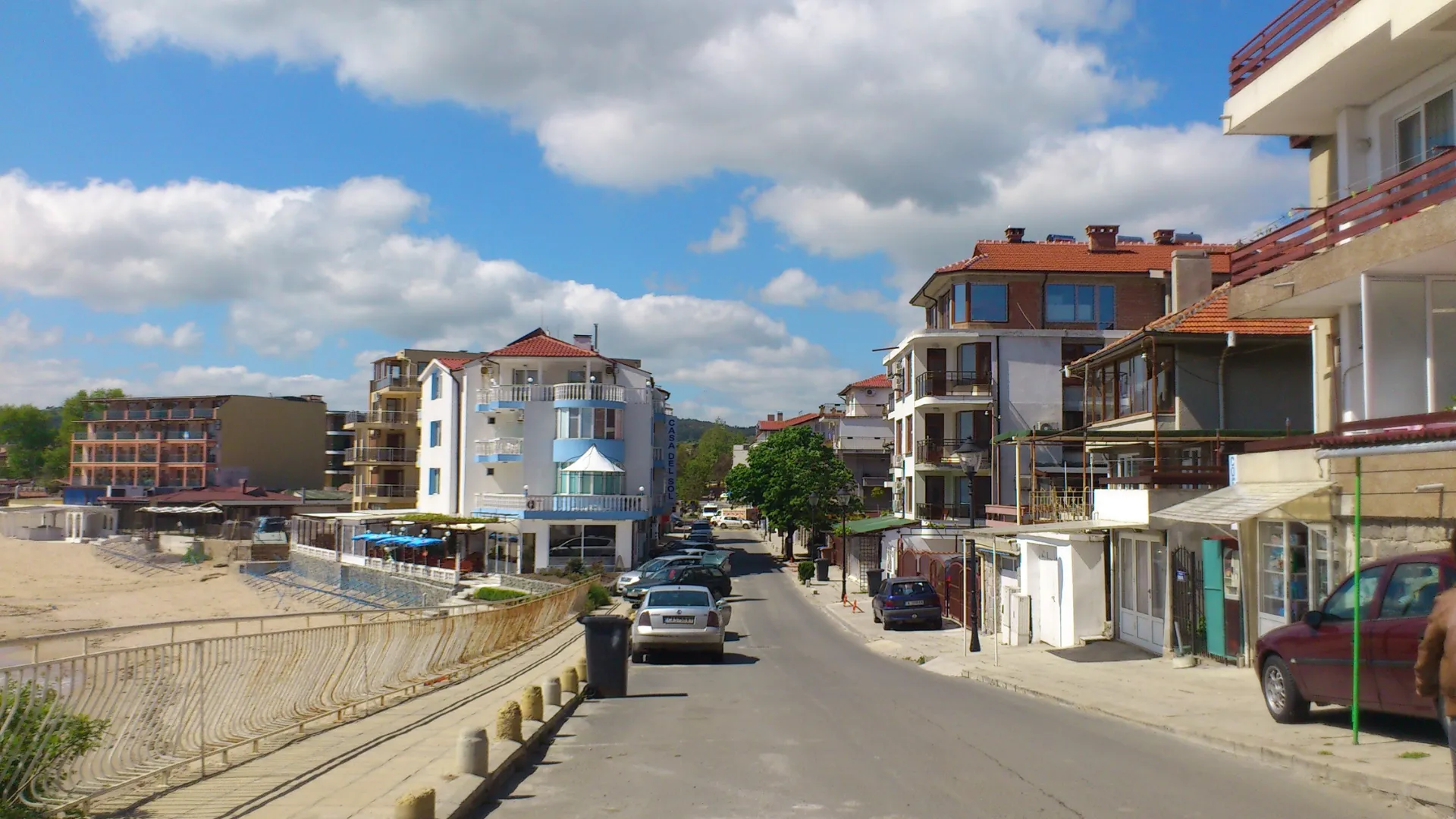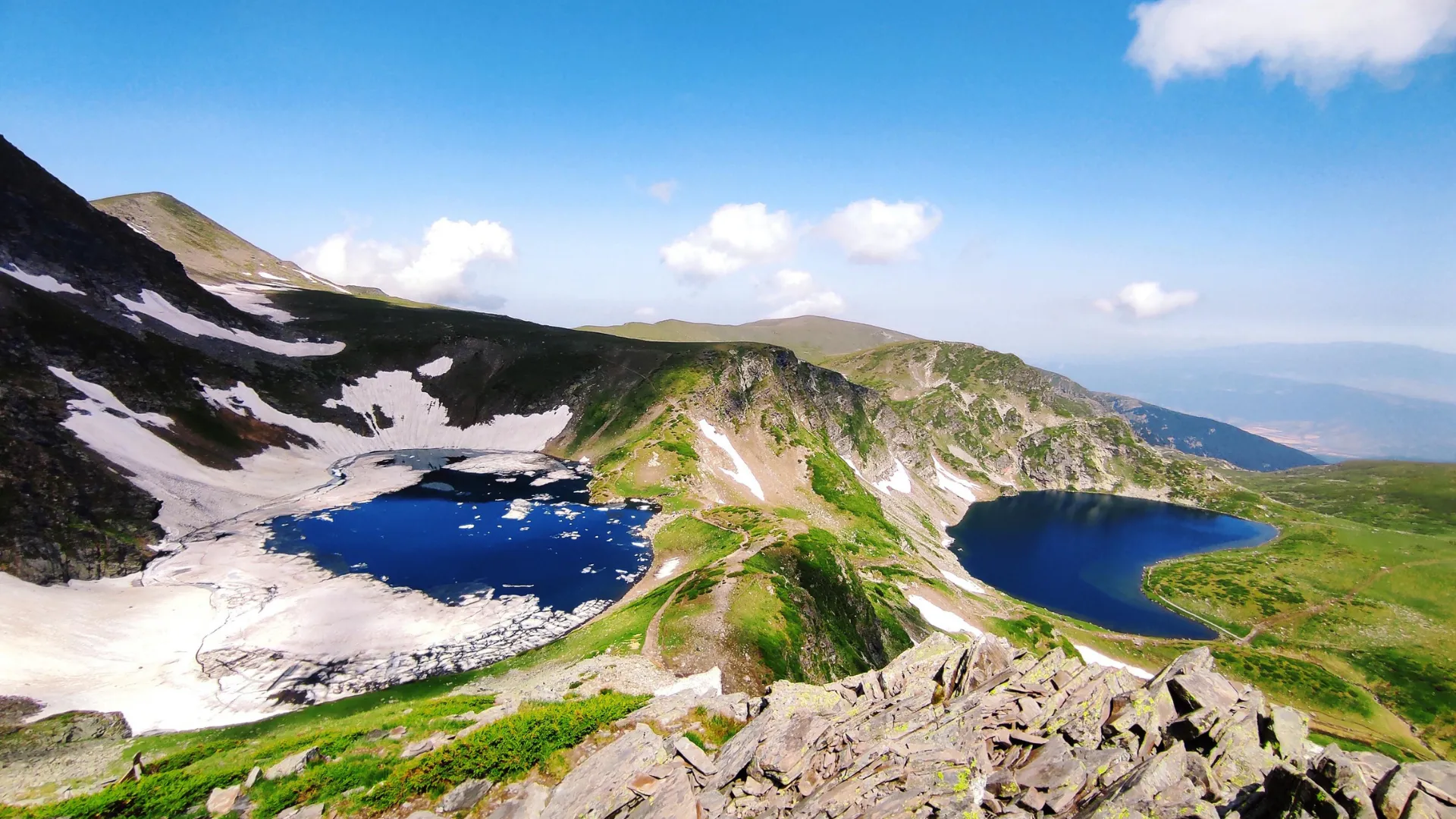Srebarna Nature Reserve The Pearl of Bulgaria’s Danube Wetlands

Srebarna Nature Reserve (Bulgarian: Природен резерват Сребърна) is one of Bulgaria’s most precious natural treasures—a unique wetland complex located in the northeast of the country along the Danube River. Known as a “Danube oasis” for migratory birds, this reserve is home to hundreds of flora and fauna species, including rare and endangered ones. Established in 1948, Srebarna was designated a UNESCO World Heritage Site in 1983, and it is also part of the Ramsar Convention (since 1975) and a UNESCO Biosphere Reserve (since 1977). Situated near the village of Srebarna in Silistra Province, the reserve encompasses Lake Srebarna (638 ha) and a buffer zone of 673 ha, where natural processes dominate over human intervention. This article provides a detailed exploration of its history, geography, ecology, biodiversity, UNESCO status, threats, conservation measures, and current developments as of 2025, highlighting why Srebarna is a critical component of the global ecosystem.
History of the Reserve: From Thracian Legends to International Recognition
The history of Srebarna Nature Reserve dates back to ancient times, linked to Thracian settlements in the Dobrudja region. The name “Srebarna” (from Bulgarian srebro—silver) has several legends: one claims a khan named Srebrist died here in battle with the Pechenegs; another tells of a boat sinking with silver; the most likely is the silvery reflections of the lake under a full moon. Archaeological finds indicate that Thracians used these lands for fishing and rituals tied to the Danube—a sacred river for ancient peoples.
Modern history begins in the 19th century when European naturalists, such as German ornithologist Gustav Radde, described the lake as a bird paradise. The first Bulgarian scientist to visit was Aleksi Petrov in 1911, documenting nesting colonies. In 1913, Southern Dobrudja became part of Romania but returned to Bulgaria in 1940, when Petrov revisited. In 1948, the lake was declared a nature reserve—Bulgaria’s first wetland reserve. In 1975, Srebarna joined the Ramsar Convention as a “Wetland of International Importance” (1,357 ha), and in 1977 became a UNESCO Biosphere Reserve (902 ha).
The pivotal moment came in 1983 when UNESCO inscribed Srebarna on the World Heritage List under criterion (x)—as a typical example of Bulgaria’s vanishing wetlands with disappearing plant and animal diversity. In 1992, due to ecological degradation (a 70% drop in water level), it was added to the List of World Heritage in Danger, but removed in 2003 after restoration efforts. In 2008, the territory expanded with the “Pelikanite” buffer zone (542.8 ha). As of 2025, the reserve is part of the Natura 2000 network (Special Protection Area Srebarna and Ludogorie-Srebarna Conservation Zone), with monitoring by the Bulgarian Academy of Sciences.
Geographical Location: The Heart of the Danube Floodplain
Srebarna Nature Reserve lies in Southern Dobrudja, northeastern Bulgaria, near the village of Srebarna (Silistra Province). The lake is 2 km south of the Danube—Bulgaria’s natural border with Romania—18 km west of Silistra and 85 km southeast of Bucharest. Coordinates: 44°06′52″ N, 27°04′41″ E. It is part of the Danube floodplain, where the river forms natural lakes through seasonal floods.
The reserve covers 638 ha (lake and surroundings) with a 673 ha buffer zone, totaling 6 km². Lake depth ranges from 1 to 3 m, with sandy and silty soils ideal for aquatic plants. The climate is continental: mild winters (+0–5°C), hot summers (+25–30°C), and 500–600 mm annual precipitation. The reserve lies on the Via Pontica migration route—a key “corridor” between Europe and Africa, where millions of birds pass annually. Nearby protected areas include Romanian Danube reserves and Bulgaria’s “Pelikanite,” enhancing ecological integrity.
Access: 400 km from Sofia by road (5–6 hrs), 70 km from Ruse (1 hr). Entry: €3–5, with boat or walking trail tours (3 km from lake to Danube).
Ecology and Biodiversity: A Paradise for Ornithologists
Srebarna’s ecosystem is a classic example of natural Danube wetlands: the lake is fed by Danube floods, with channels regulating water flow. The hydrological regime includes seasonal fluctuations, supporting cyclic processes: aquatic plant blooms in spring and migration in autumn. The reserve is a relict fragment of ancient Bulgarian marshes lost to drainage.
Flora: 139 plant species, 11 endangered outside the reserve. Dominant hydrophytes: common reed (Phragmites australis), cattail, white water lily (Nymphaea alba). Fauna: 39 mammal species (harvest mice, otters), 21 reptiles and amphibians (frogs, turtles), 10 fish species (carp, pike).
The star is the ornithofauna: 179 bird species, 99 nesting, 80 wintering. It is critical for globally vulnerable species:
- Bulgaria’s only colony of Dalmatian pelicans (Pelecanus crispus, ~100 pairs)
- Largest populations of pygmy cormorants (Phalacrocorax pygmeus)
- Mute swans (Cygnus olor), white storks (Ciconia ciconia), black storks (Ciconia nigra), white-tailed eagles (Haliaeetus albicilla), corncrakes (Crex crex)
Others: great white egret, night heron, grey heron, squacco heron.
As of 2025, monitoring shows stable populations: 150–200 pelicans, over 500 cormorant pairs, thanks to artificial nesting islands.
UNESCO Status: From Heritage to Site in Danger
Srebarna was inscribed in 1983 under criterion (x): “protection of an important example of wetlands once widespread in Bulgaria, with disappearing plant and animal diversity.” It is a key nesting, migratory, and wintering site for birds, with populations critical for species survival. In 1992, due to degradation (Danube dams caused a 70% water drop), it entered the List of World Heritage in Danger but was removed in 2003 after restoration: a 1994 canal with sluices provides “artificial breathing”—annual Danube water inflow.
The “Pelikanite” buffer zone (added 2008) covers 419 ha to reduce anthropogenic impacts. As of 2025, IUCN rates the status as “good with some concerns”: improved bird populations but data gaps for some species. UNESCO requires enhanced climate risk monitoring (per 2023 Climate Policy), with an action plan from the Institute of Biodiversity, Bulgarian Academy of Sciences.
Threats and Conservation Measures: Fighting for Balance
Main threats:
- Hydrological degradation (eutrophication, siltation from Iron Gates dams)
- Danube pollution (plastic, agrochemicals)
- Water scarcity (early droughts due to climate change)
In the 1990s, water levels dropped, causing fish die-offs and bird migration. Others: poaching, uncontrolled tourism.
Measures:
- Protected Areas Act (1998) and National Biodiversity Plan (1999)
- 1994 canal regulates water; artificial islands for nesting
- Natura 2000 inclusion since 2013
- 2014 museum reconstruction with EU funds
- Monitoring: field station for research and training (MSc/PhD)
- Volunteer “Clean Lake” campaigns; agriculture ban
As of 2025, focus on climate: sensors for monitoring, planting resilient species. The state owns the land, with public involvement.
Current Events and Tourism in 2025
As of November 2025, the reserve is stable: pelican population up 10% from 2020, thanks to WWF partnership. In June 2025, the Srebarna Bird Festival featured tours, migration lectures, and 300+ visitors. The Nature Museum (opened 1983, renovated 2014) offers exhibits (taxidermy birds, 360° panoramas) and telescopes for observation. Films about the reserve are in Bulgarian with subtitles.
Tourism: walking trails (3 km), boats (€5–10), Danube cycling routes. Best in spring/autumn for migration; bring mosquito repellent. TripAdvisor reviews: “Ornithologist’s paradise, but infrastructure needs upgrades.” Nearby: Malak Preslavets with its Lily Festival.
The Future of the Reserve: Challenges and Prospects
With climate change (blooming projected two weeks earlier by 2030), Bulgaria plans adaptation: fish greenhouses, VR tours. Romania partnership will strengthen the Via Pontica corridor. Srebarna is a model of resilience: from danger to recovery, a symbol of Bulgarian nature.
Srebarna Nature Reserve is more than a lake—it is the living pulse of the Danube, where birds whisper migration stories. Visit and feel nature’s silvery breath.

